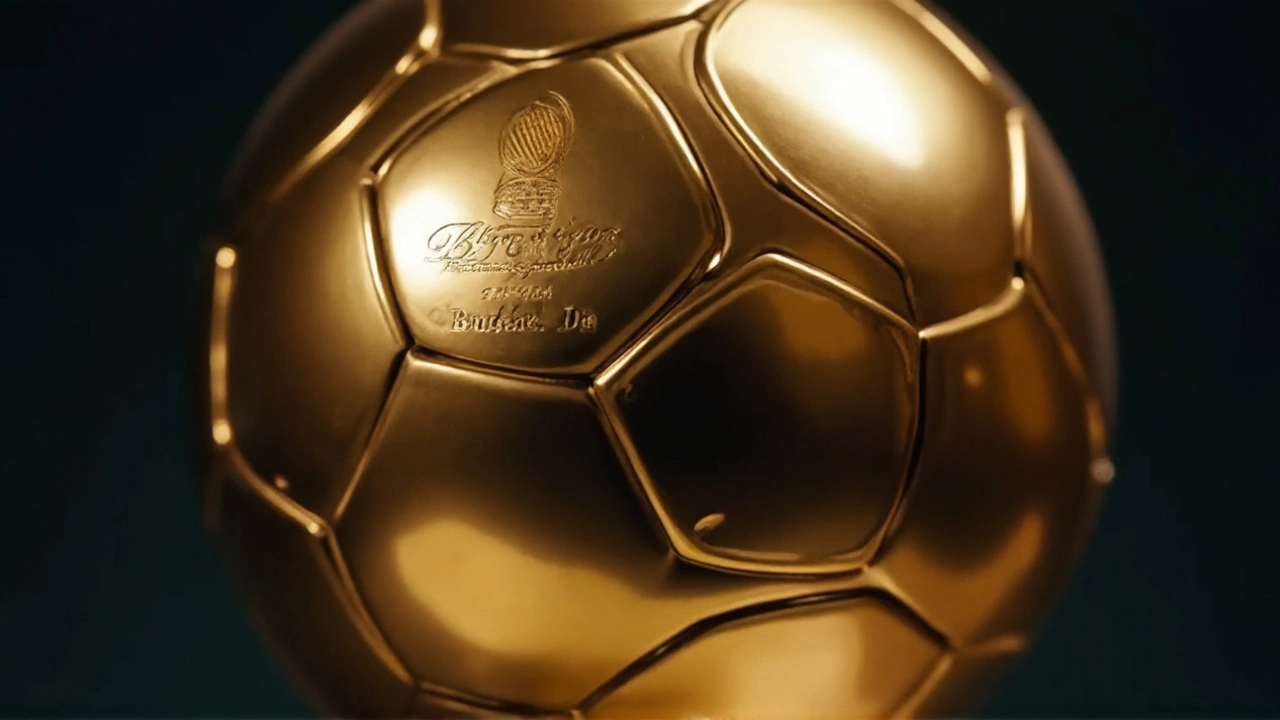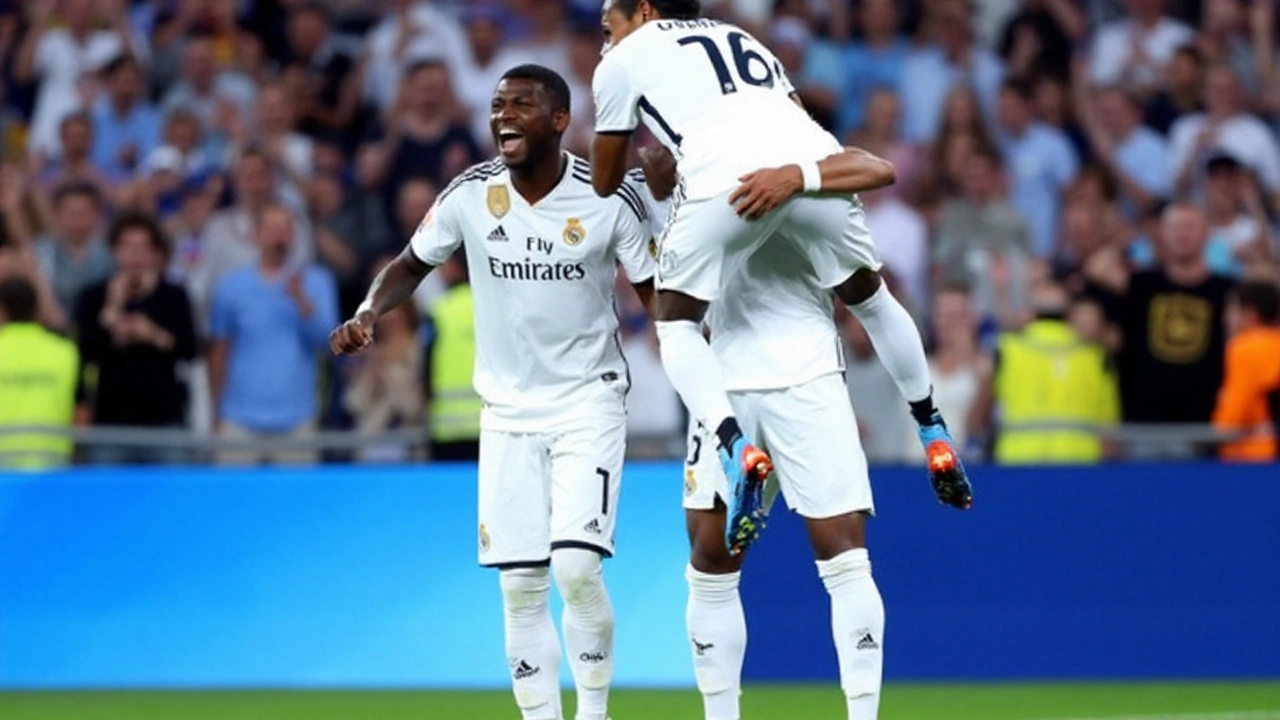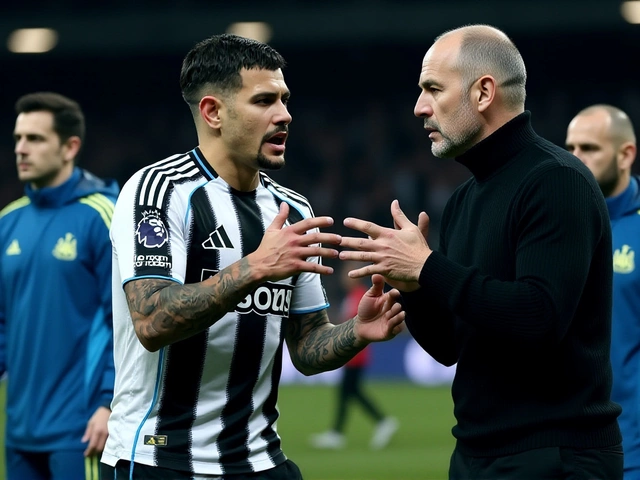Ballon d'Or Voting Explained: How Football’s Top Players Are Chosen

How the Ballon d'Or Voting Works
The Ballon d'Or has been the pinnacle of individual football achievement since France Football introduced it in 1956. Every December, Paris hosts a glittering ceremony at the Théâtre du Châtelet where the best male and female players of the season are crowned. Behind the glamour lies a meticulously structured voting process.
For the men's prize, a jury of 100 journalists is assembled—one representative from each of the top 100 nations in FIFA’s men’s ranking. The women’s award follows a similar blueprint but draws 50 journalists from the 50 highest‑ranked nations in the FIFA women’s ranking. These voters receive a 30‑player shortlist, which is the product of extensive scouting and editorial discussion.
Each juror submits a personal ranking of their top ten candidates. Points are awarded on a sliding scale:
- 1st place – 15 points
- 2nd place – 12 points
- 3rd place – 10 points
- 4th place – 8 points
- 5th place – 7 points
- 6th place – 5 points
- 7th place – 4 points
- 8th place – 3 points
- 9th place – 2 points
- 10th place – 1 point
All ballots are added up, and the player with the highest aggregate score lifts the trophy. The same system is applied to the parallel women’s award, ensuring a symmetrical evaluation across genders.

Beyond the Trophy: Related Awards and Recent Milestones
The ceremony isn’t limited to the two main prizes. A jury that mirrors the Ballon d'Or panel also decides the Yashin Trophy (best male goalkeeper), the Men’s and Women’s Coach of the Year, and the Club of the Year for both sexes. Each of these honors follows the identical point‑allocation method, keeping the process uniform.
The Kopa Trophy, which celebrates the best young talent, operates differently. It is voted on solely by living former Ballon d’Or winners, adding a peer‑recognition flavor to the mix.
Shortlists themselves are a collaborative effort. Editors at France Football join forces with journalists from the sports daily L’Équipe, UEFA officials, and executives from the Groupe Amaury to compile a balanced 30‑player roster. Their goal is to reflect performance across all major leagues, continental competitions, and international tournaments.
Since 2018, the evaluation window has shifted from a calendar year to a full football season—August 1st through July 31st. This change aligns the award with the natural rhythm of club competitions and the international calendar, making the results feel more intuitive to fans.
Historical context adds perspective. Lionel Messi still holds the record with eight wins, a feat achieved between 2009 and 2023. The 2024 ceremony marked a first for Spain: midfielder Rodri captured the men’s Ballon d'Or while Aitana Bonmatí took home the women’s prize, and teenage sensation Lamine Yamal claimed the Kopa Trophy.
Critics occasionally raise concerns about regional bias or the weight given to club success versus individual brilliance. France Football counters these points by rotating the jury annually and by maintaining a transparent point system that can be audited after the ceremony.
In practice, the process blends statistical analysis, narrative storytelling, and journalists’ on‑the‑ground insights. The result is a globally recognized accolade that, despite its complexities, continues to spark debate, celebrate excellence, and crown football’s brightest stars each season.




